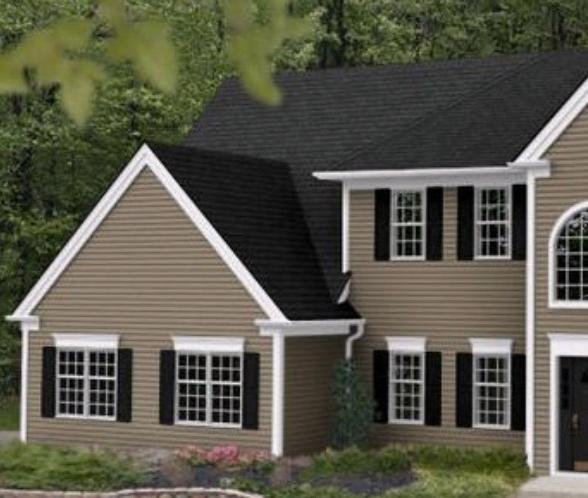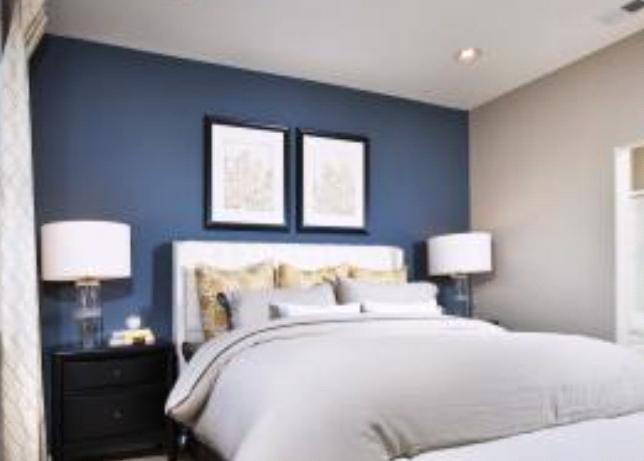- 201-666-3712
- E-mail Us
- License #13VH07929400
How to Choose Accent Colors

What are Traditional Bedroom Paint Colors?
January 25, 2021
What are Traditional Kitchen Paint Colors?
January 18, 2022Adding accent colors can be a great way to transform a room. Accent colors are a great way to create a new look. Accent colors go hand-in-hand with the main color of a room for a cohesive, pulled-together look. These additional colors accentuate the room and demand attention. A With the right color combination, a statement can be made about not only the home but the home owner’s tastes as well. Choosing accent colors does not have to be a daunting task and while paint colors in general tend to follow certain interior design trends it is important to think of accent colors in the context of what makes the home owner happiest. Ultimately, the colors chosen will need to be the ones that are most appealing to the home’s inhabitants.
The Function of the Room
There really is a perfect color for every room. From warm tones such as reds, oranges, and yellows to more subdued choices to include blues, greens, indigoes and violets, there is a color for everyone. The first place to start when choosing an accent color is to evaluate the size of the room. Paint colors and their accents can impact the perceived size of the room. For example, smaller spaces tend to benefit more from lighter accent colors as these make the room appear larger. Larger rooms may benefit more from brighter colors.
Additionally, a number of concepts apply to accent color palettes that take the function of the room into consideration. For instance, bathrooms, bedrooms and offices tend to fair better with subdued colors that create a sense of calm or relaxation. Such colors include blues, greys and other pastels. These colors favor calm settings needed for quiet concentration. Busier rooms that accommodate conversations and gatherings tend to work well with brighter colored accents. Of equal importance, the lighting of the room must also be taken into consideration. Rooms that get very little natural light tend to benefit more from lighter colored accents whereas rooms with plenty of natural sunlight tend to benefit more from brighter color combinations.
Finding Inspiration
Inspiration can be drawn from a number of different places. The perfect accent color could be based on personal preference such as a favorite color or it could also be drawn from the room itself. For instance, if there is a piece of furniture that will be a permanent fixture in the room or if there is a pattern on the draperies that features a certain color. Flooring and other decorative items are also great features in which to get inspiration from. Additionally, a visit to a local paint or hardware store can be a good starting point for looking at ways to put different colors together. Contacting an interior and exterior house painter in NJ can be a great way to learn about different color palettes and combinations for an upcoming house painting project as well.
Bright Colors versus Subdued Colors
It is okay to experiment with brighter colors. Brightly colored and surprising hues can underscore intricate details. Bold colors tend to give rooms personality and they make a grand gesture, creating memories with just the color alone. Furthermore, intense color combinations can make rooms feel cozy and full of life. Subdued colors include softer hues, such as neutrals, that can really open up a space. Softer colors can add charm and bring renewed energy to predictable spaces. Subtle accent colors are a great way to draw attention to delicate details within any room.
Choosing paint colors for a home does not have to be a challenge. Many home owners feel restricted in their color options. They may feel the pressure of choosing colors that are acceptable instead of choosing colors that make them feel good. There are no standards when it comes to choosing accent colors. Choosing the best accent should be a matter of picking the color that works the best with the main color of the wall and the home owner’s personal preferences. Starting with basic color concepts and understanding the function of the room will both help in choosing the right color combination. Newfound interest can be created in a room that has the correct accent colors as a part of its color scheme. Remember accent and main color combinations should work together and should complement one another.


